18 Plants to Trim in September for More Blooms Next Year
Pruning in September is one of the best ways to keep your garden healthy and productive. Many plants benefit from a trim during this month as it helps direct their energy toward stronger growth. By cutting back old or weak branches, you allow more sunlight and air to reach the plant. This can reduce the risk of disease and improve flowering or fruiting next season. A September prune also keeps your garden neat and well-shaped before winter arrives. Different plants respond in different ways, so knowing which ones to focus on is important.
This post may contain affiliate links, which helps keep this content free. Please read our disclosure for more info.
Roses
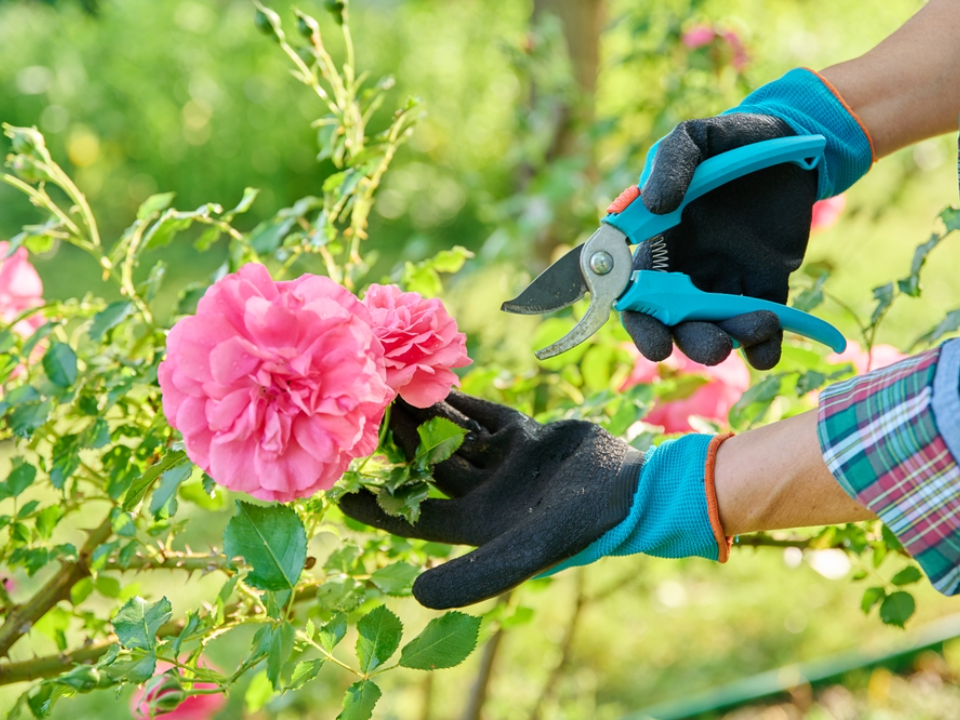
Roses benefit greatly from a light trim in September. Cutting away old blooms and thinning out weak stems helps encourage new canes to grow strong. This allows the plant to prepare for a burst of flowers in the next season. Removing leaves that show signs of disease also prevents problems from spreading through the plant during cooler months.
When pruning roses, focus on shaping the plant so that air can circulate easily through the center. This helps reduce mildew and encourages healthier buds. Be sure to use clean, sharp shears and cut at an angle just above an outward-facing bud. With the right care, your roses will reward you with fuller blooms in spring and summer.
Hydrangeas
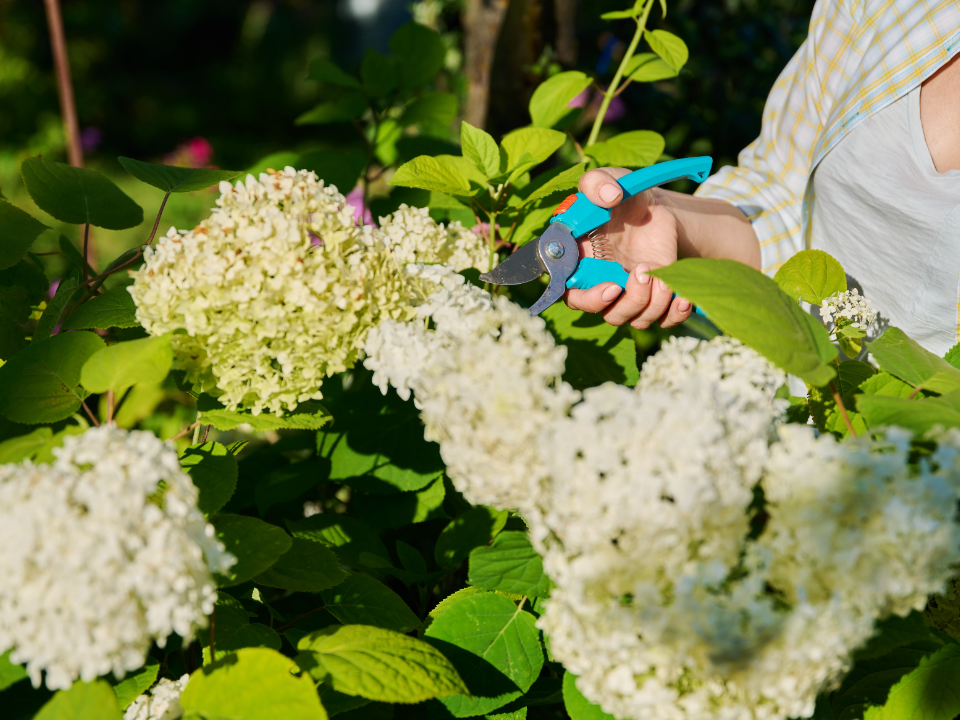
Hydrangeas are another plant that respond well to pruning in September, but it depends on the type. For bigleaf and oakleaf varieties, cut back old blooms to tidy the plant and make space for new growth. Panicle and smooth hydrangeas can be pruned more heavily since they bloom on new wood.
Shaping hydrangeas in early fall keeps them from becoming too woody and helps maintain a balanced form. Removing dead stems and weak branches also keeps the plant vigorous. This type of pruning gives hydrangeas more energy to direct toward next season’s flowers.
Lavender
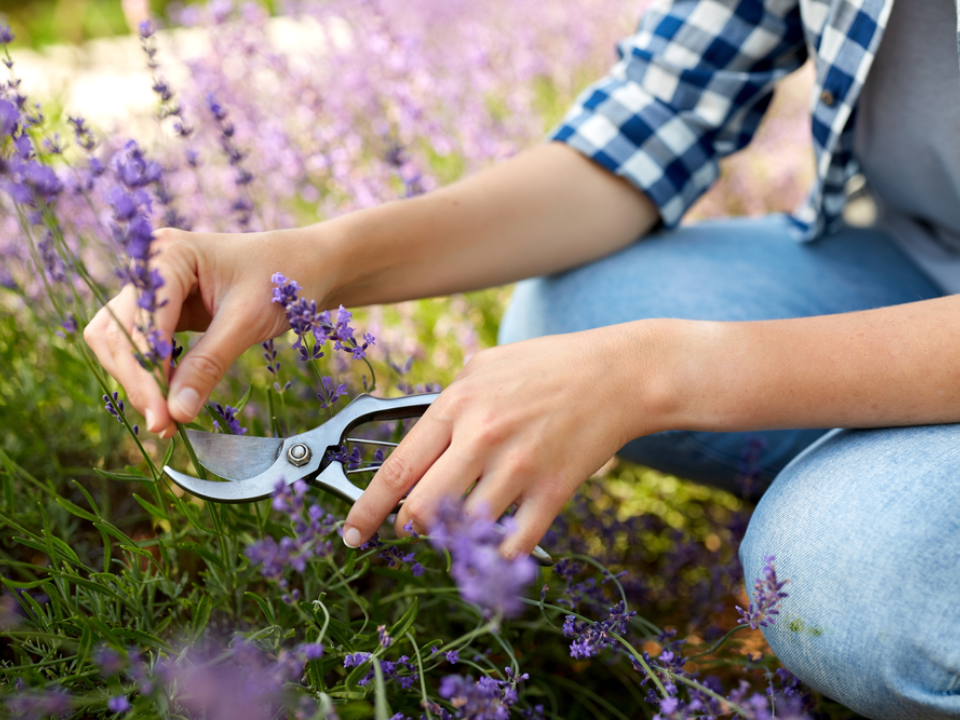
Lavender should be lightly trimmed in September to keep it from getting woody and straggly. Cut back faded flower spikes and shape the plant into a neat mound. Doing this prevents the plant from splitting in the middle and keeps it looking full.
Avoid cutting into old wood because lavender does not regrow well from that point. Instead, focus on trimming just above green growth. This will encourage the plant to send out fresh shoots and stay compact. With regular September pruning, lavender will stay fragrant and vibrant year after year.
Apple Trees
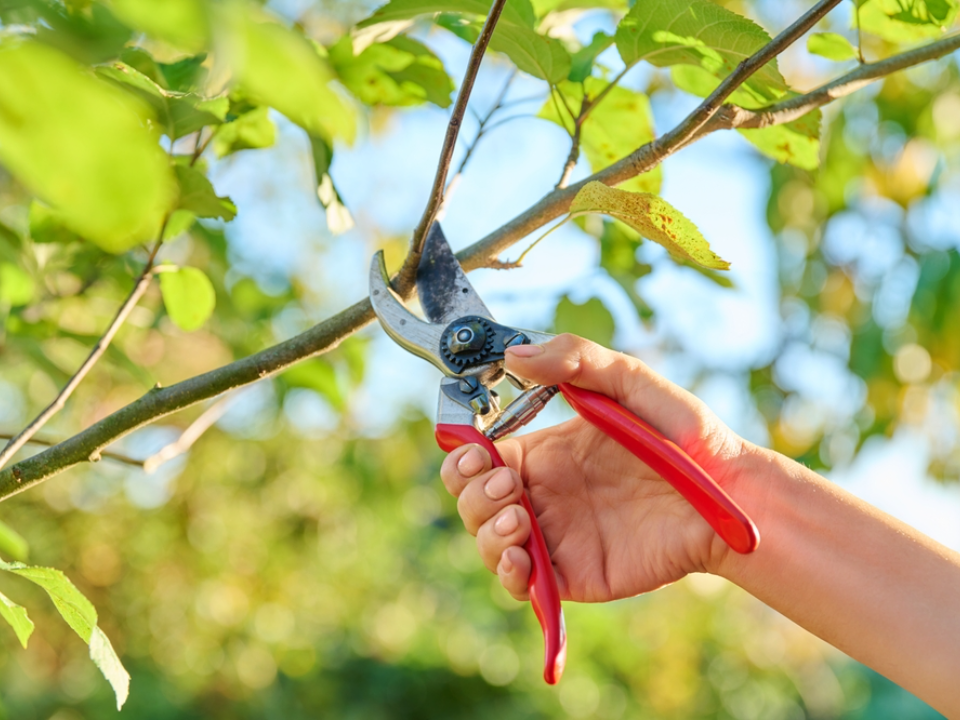
Apple trees benefit from light pruning in September, especially if they have finished producing fruit. Removing crossing branches helps improve air circulation, which reduces the chances of fungal infections. Thinning the crown also allows more sunlight to reach ripening fruit.
September pruning is not as heavy as winter pruning but it helps maintain shape and health. Focus on removing weak growth and keeping the tree balanced. This encourages the tree to store energy in its roots, preparing it for next year’s fruit production.
Blackberries
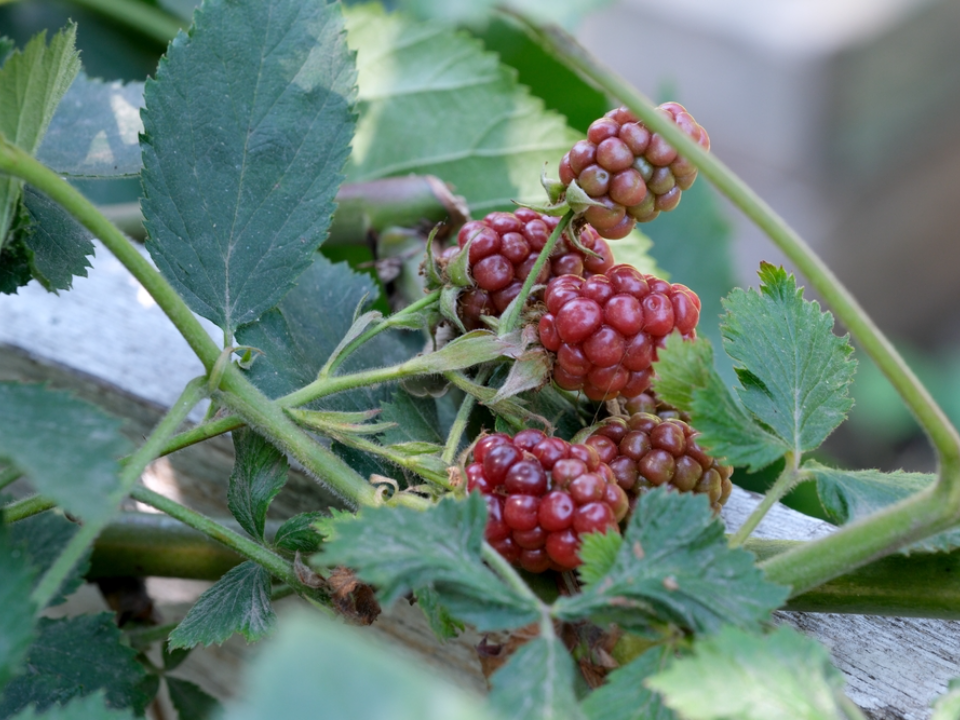
Blackberries produce fruit on canes that are two years old. After harvesting in summer, September is the right time to remove those old canes. Cutting them back prevents disease and keeps the plant manageable.
Leave the new green canes in place, as these will produce fruit the following year. Tie them to supports so they grow upright and are easy to harvest from. With this method, your blackberry patch will remain productive and easier to maintain.
Blueberries
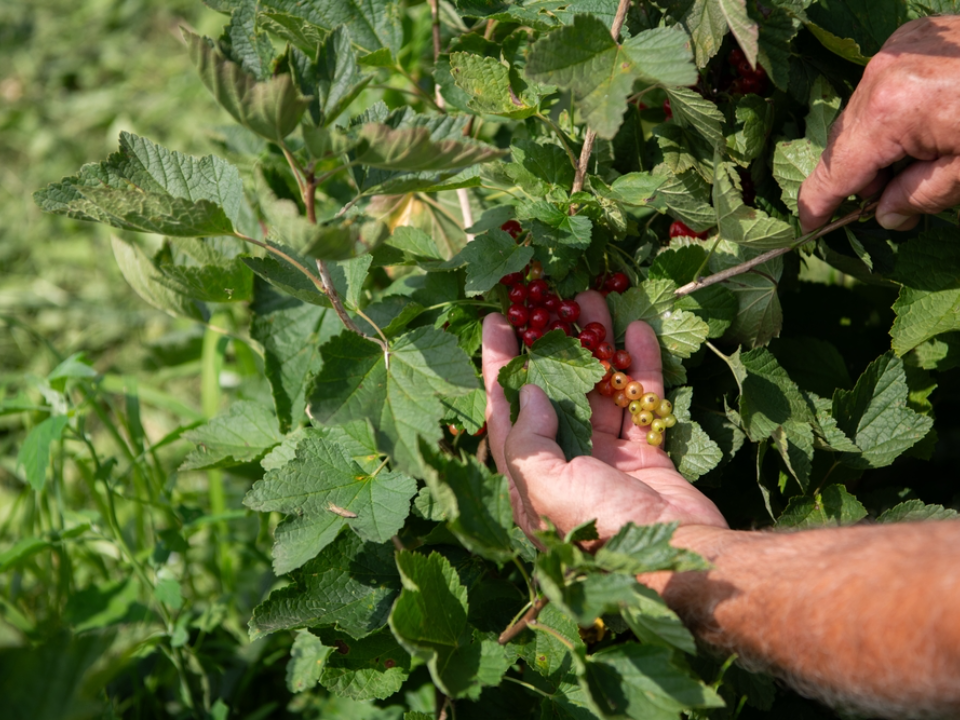
Pruning blueberries in September helps shape the bush and remove weak branches. Trimming away low-hanging growth prevents the plant from wasting energy on unproductive shoots. It also reduces the chance of disease spreading from the soil.
Keeping the bush open allows light to reach the center, which helps berries ripen evenly. Focus on removing old gray wood and leaving younger stems. This encourages the plant to send out fresh growth that will carry more fruit next year.
Clematis
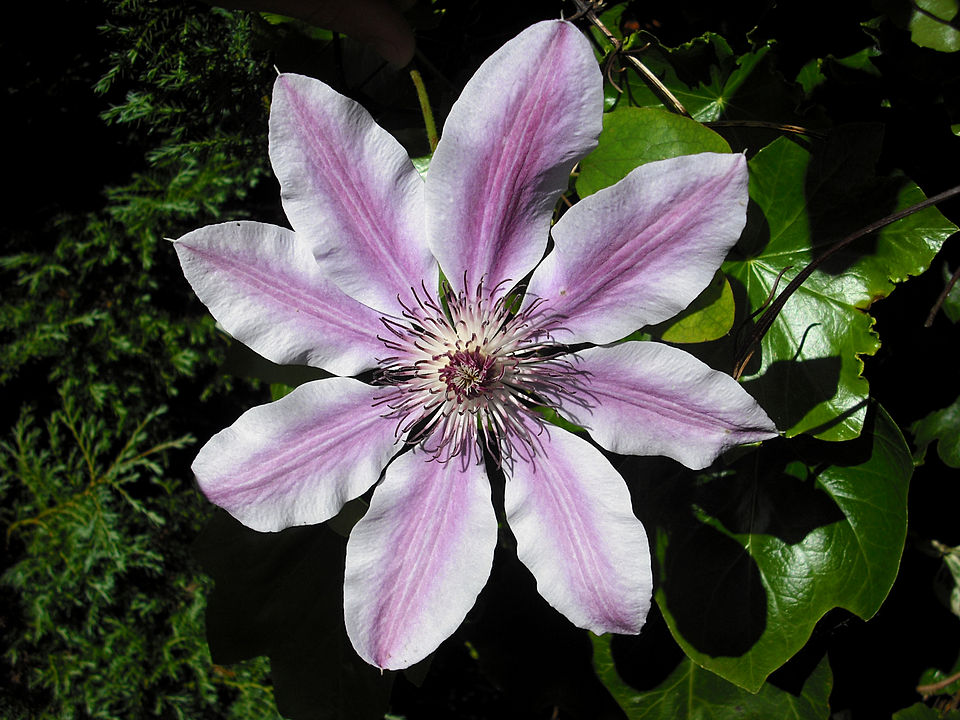
Clematis varieties that bloom in summer can be trimmed back in September. This helps remove faded flowers and stops the vines from becoming tangled. Cutting them back lightly also encourages strong shoots for the following year.
Pruning clematis keeps them from overwhelming trellises or fences. It also allows the plant to focus on producing healthy roots. Be sure to know which variety you have since spring-blooming clematis require a different approach.
Wisteria
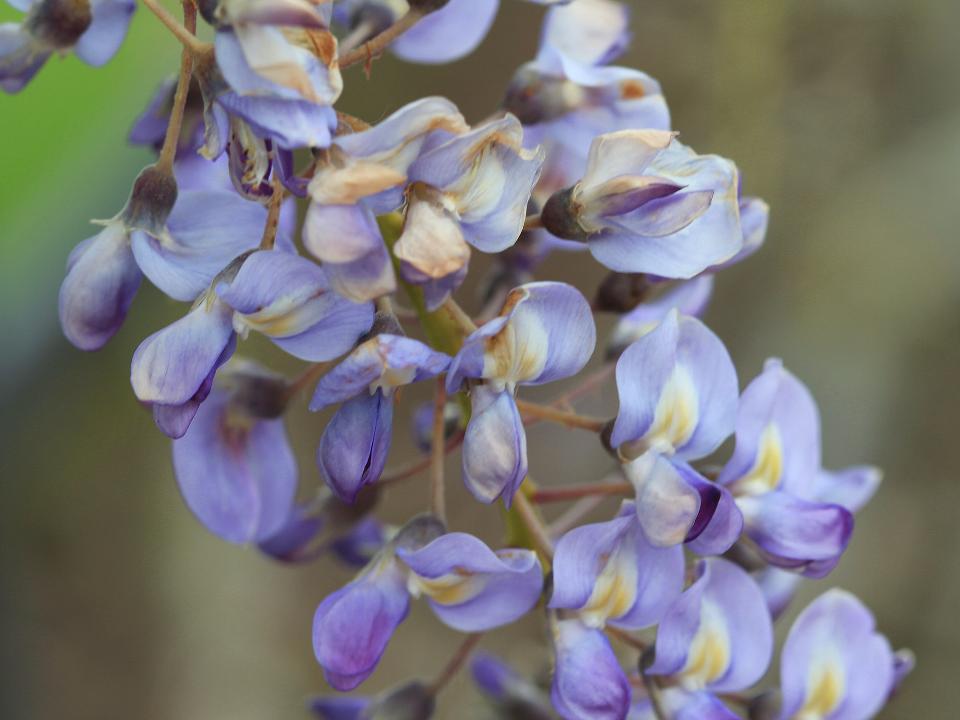
Wisteria vines can quickly get out of hand if left untrimmed. In September, it is helpful to shorten the long, whippy shoots that formed during summer. This helps control their size and directs energy into forming flower buds.
By cutting these back to about six inches, you prevent the plant from growing too wild. This also improves the chances of a strong flowering display in spring. Without regular pruning, wisteria can become heavy and damage supports.
Grapevines
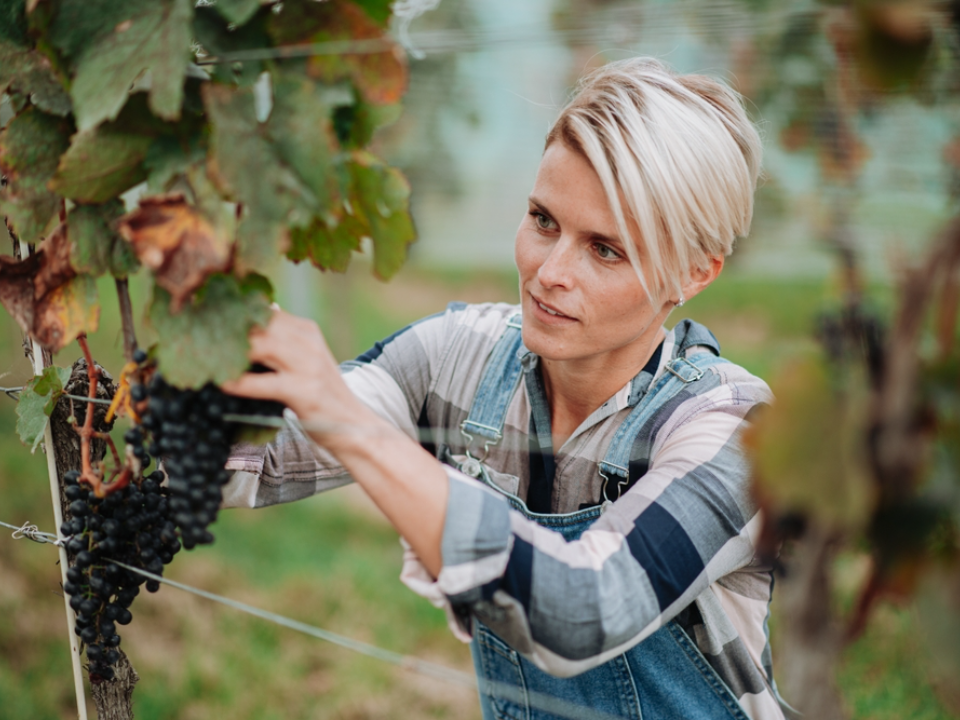
Grapevines benefit from a September trim once harvesting is complete. Cutting away long tendrils helps the plant focus on strengthening the main framework. This keeps the vine manageable and less tangled.
Removing excess growth also improves airflow, which reduces the risk of fungal issues. By shaping the plant in September, you set it up for healthier shoots and bunches of grapes next year. Grapevines need structure, and pruning at this time gives them exactly that.
Raspberry Canes
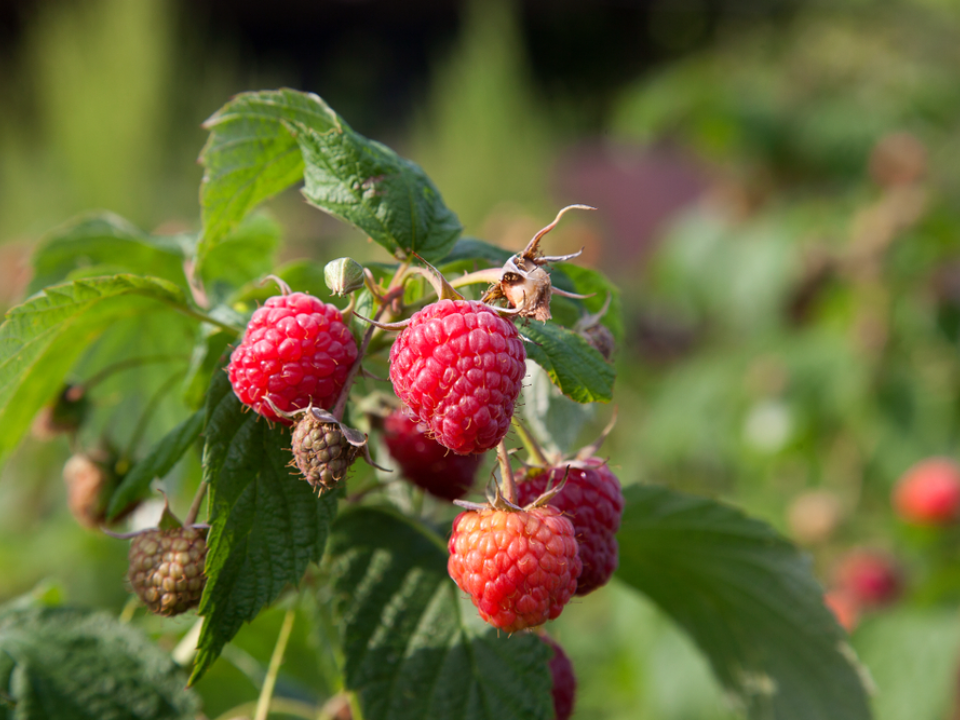
Raspberries, like blackberries, produce fruit on canes that are two years old. In September, it is best to cut back the canes that have already fruited. Removing them allows the plant to send energy into the younger green canes, which will produce next year’s harvest.
Pruning also helps reduce overcrowding in the patch. This keeps air flowing and prevents fungal issues from developing. Tie the healthy new canes to supports so they remain upright and easy to harvest from the following season.
Gooseberries
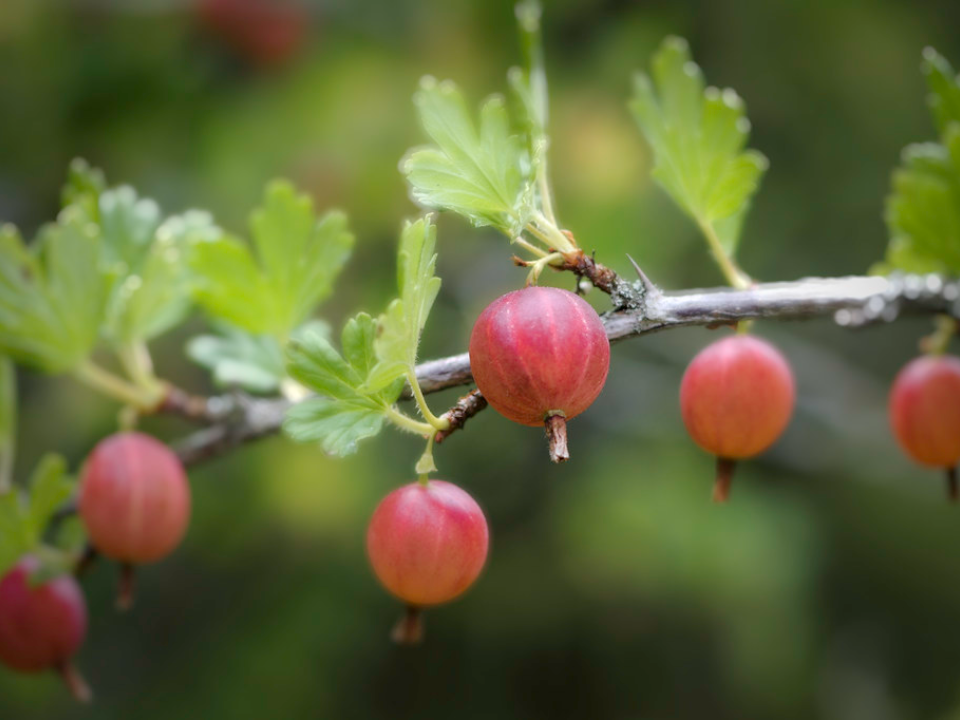
Gooseberries should be trimmed in September to keep their branches from becoming too dense. Overcrowded bushes often invite pests and disease. Cutting back side shoots improves air circulation and keeps the plant productive.
When pruning gooseberries, leave a framework of main branches while removing tangled or crossing growth. This keeps the bush open and manageable. With a clear shape, the plant can focus on producing larger, healthier berries.
Figs
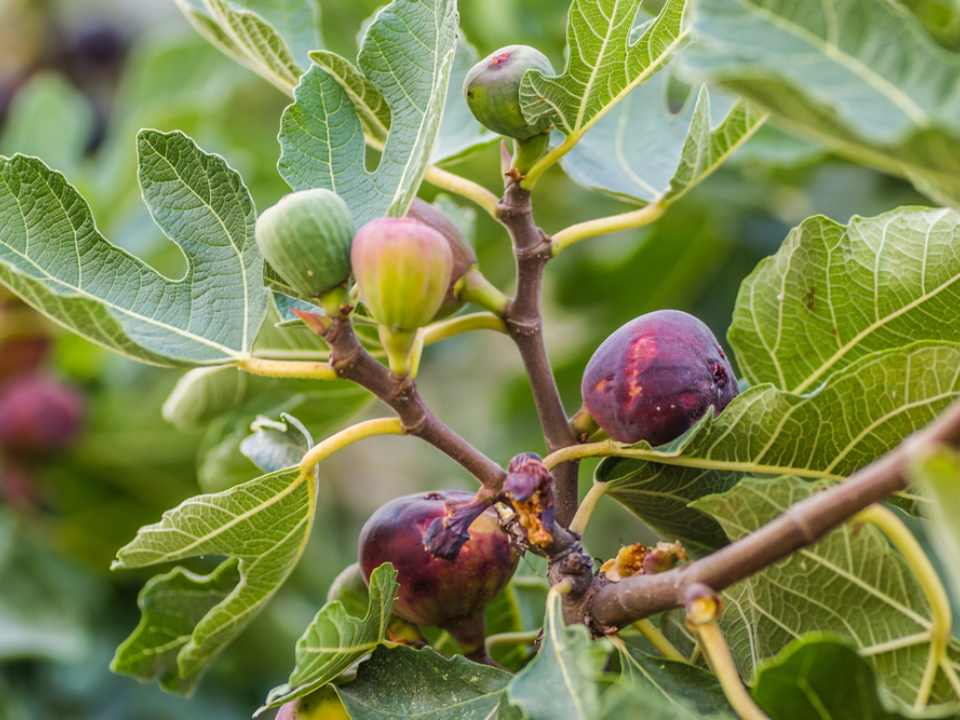
Fig trees respond well to a September trim after harvesting. This is the time to remove weak growth and shorten long shoots. Doing so helps direct the plant’s energy into ripening the remaining fruit and strengthening its structure.
Trimming also helps control the tree’s size. Left unpruned, figs can quickly outgrow their space. Keeping them shaped and balanced will make harvesting easier and encourage more productive fruiting the following year.
Peaches
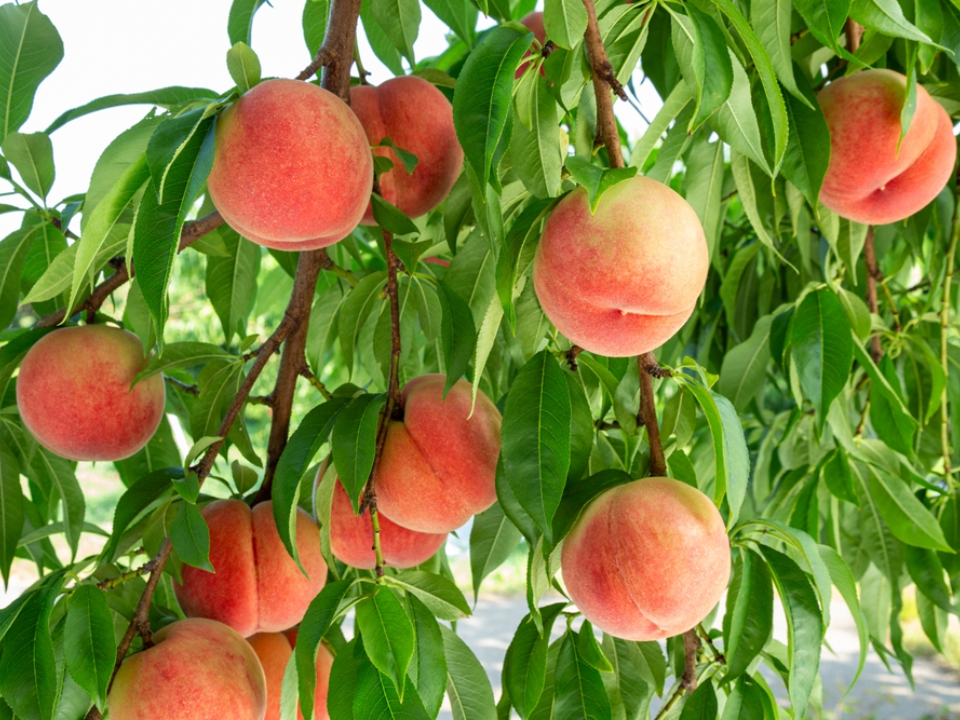
Peach trees need regular pruning to stay productive, and September is a good time for a light trim. Remove any dead or diseased branches before winter sets in. Focus on keeping the canopy open so sunlight can reach the developing fruit.
By thinning the tree now, you help it store energy in its roots. This prepares it for strong growth in spring. A well-pruned peach tree is less likely to suffer from disease and will reward you with sweeter fruit.
Pear Trees
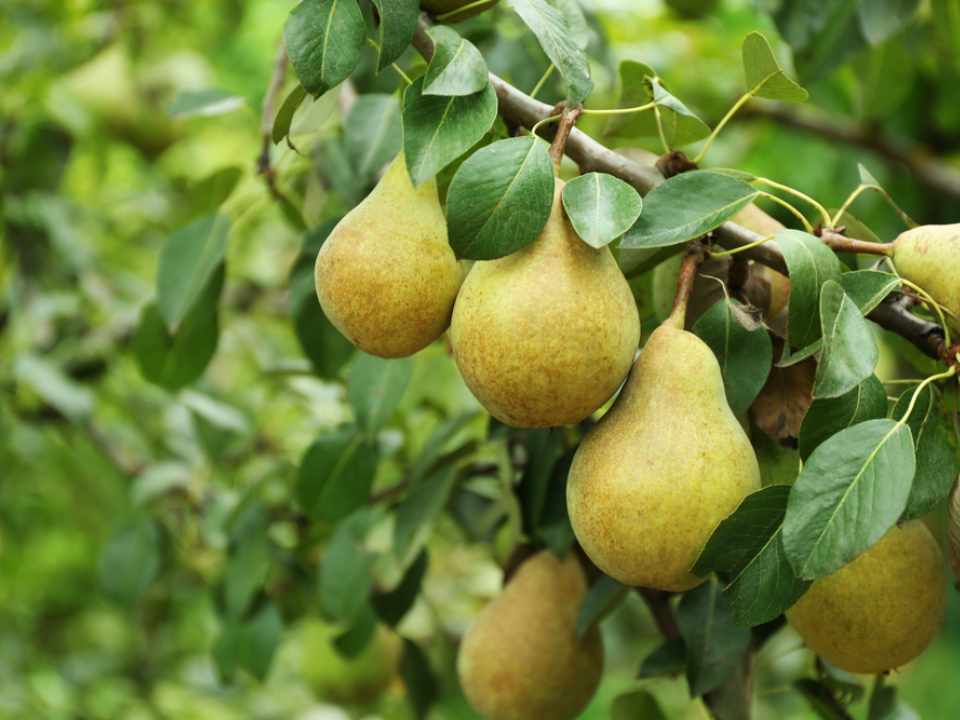
Pear trees benefit from a September prune to maintain shape and promote airflow. Removing old, crowded branches reduces the risk of fungal problems. It also encourages the tree to put its energy into healthier shoots.
This type of pruning also makes harvesting easier, as pears often grow high on branches. Keeping the tree balanced and open ensures better access to fruit. A well-maintained pear tree will produce more evenly year after year.
Plum Trees
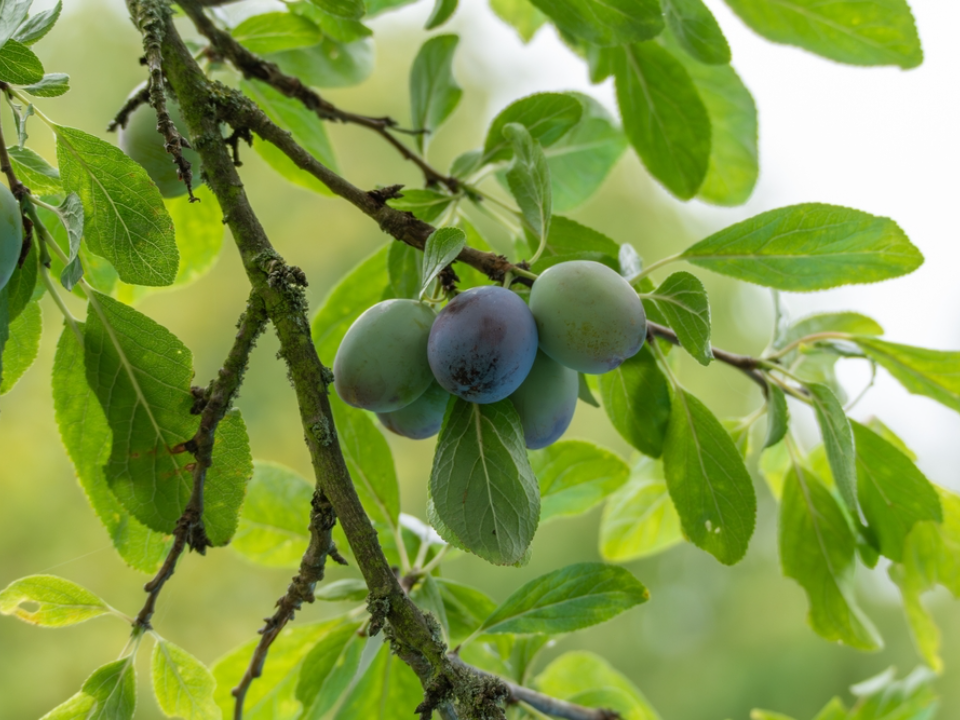
Plum trees are best pruned after fruiting, making September a perfect time. Trimming helps prevent disease and keeps the tree from growing too dense. Removing weak branches also reduces strain on the tree.
By shaping the canopy, you allow sunlight to reach all areas of the tree. This improves fruit ripening and keeps growth balanced. A September prune ensures that the tree heads into winter strong and ready for the next season.
Lilacs
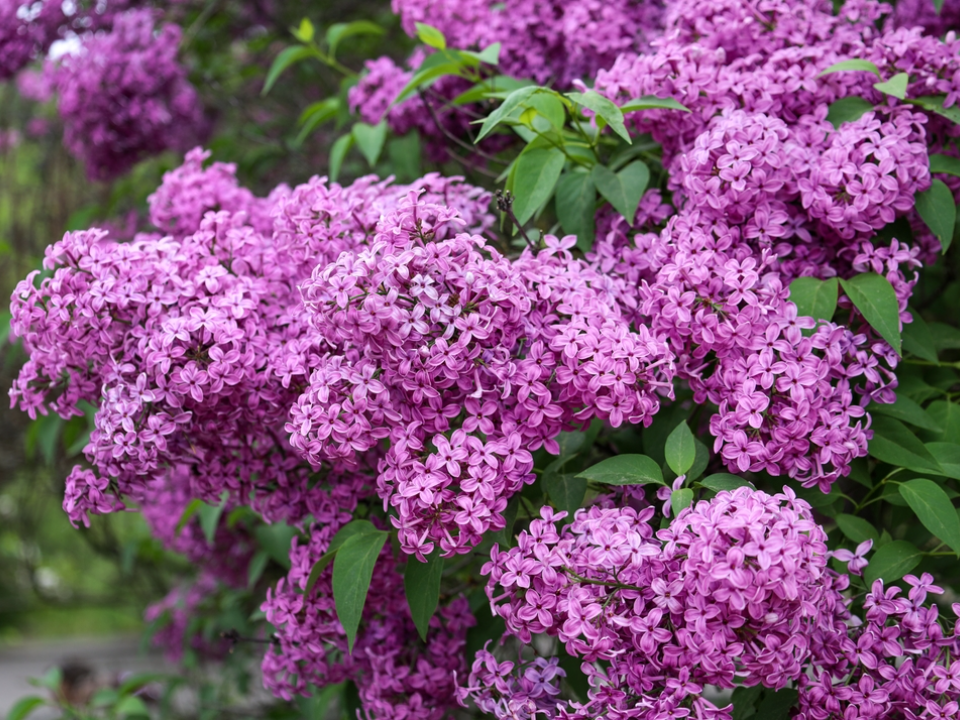
Lilacs often produce lots of old wood if they are not pruned regularly. September is a good time to cut back faded blooms and thin out weak stems. This keeps the shrub from becoming too woody.
Removing dead growth also prevents pests from settling in over winter. Pruning helps redirect energy into younger stems, which will bloom more fully the following spring. With proper care, lilacs stay fragrant and colorful year after year.
Azaleas
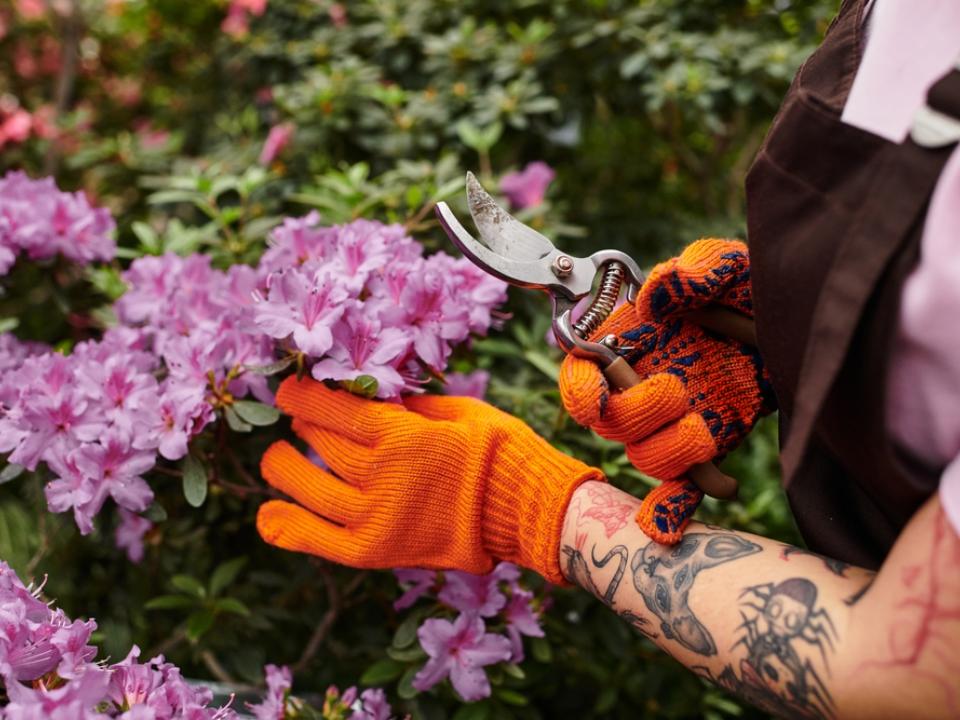
Azaleas should be pruned lightly in September after they have finished flowering. This helps keep their shape neat and prevents them from becoming leggy. It also makes room for new shoots to grow.
By cutting back weak branches, you allow stronger stems to thrive. This results in more flowers the following season. Regular light pruning keeps azaleas healthy and vibrant in the garden.
Camellias
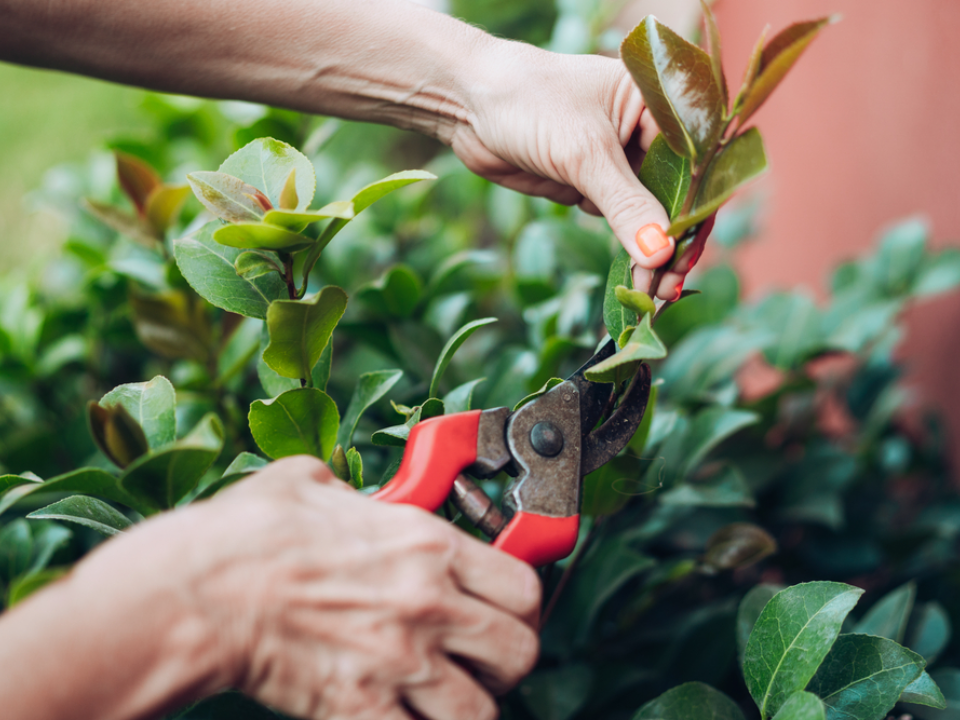
Camellias benefit from a gentle prune in September to prepare them for winter. Trimming away dead or damaged branches helps reduce stress on the plant. Shaping also encourages more buds to form for spring.
Keeping the plant tidy prevents overcrowding and improves airflow. A September trim allows camellias to recover before the cooler weather sets in. This ensures a stronger display of flowers when the season returns.
This article originally appeared on Avocadu.
